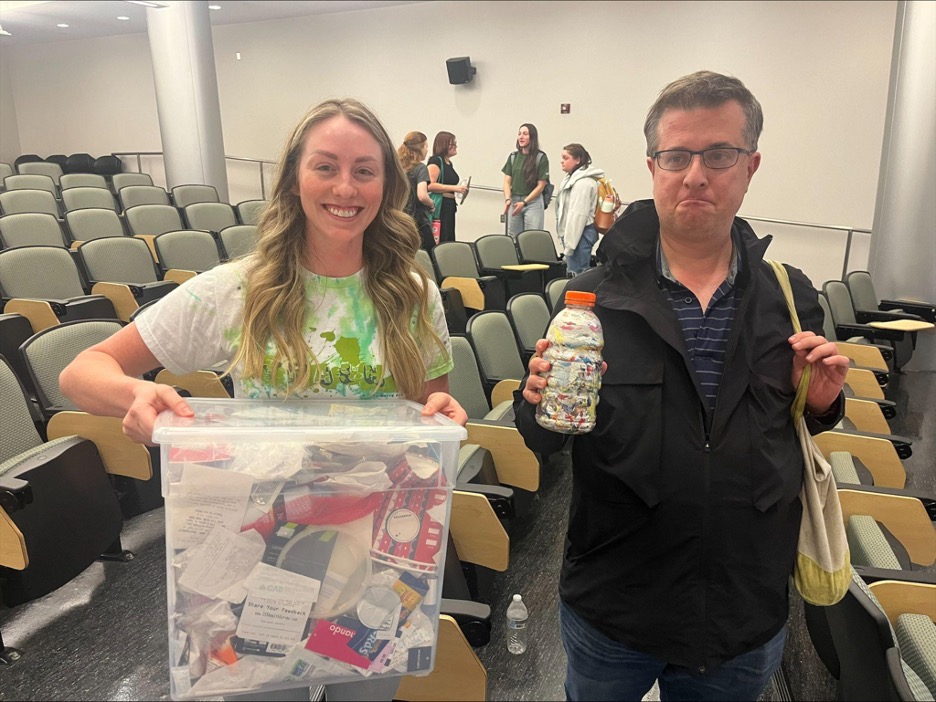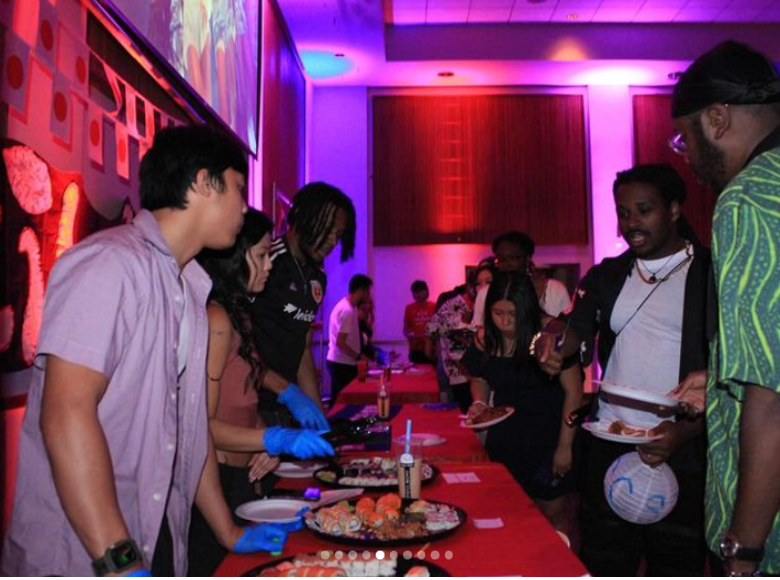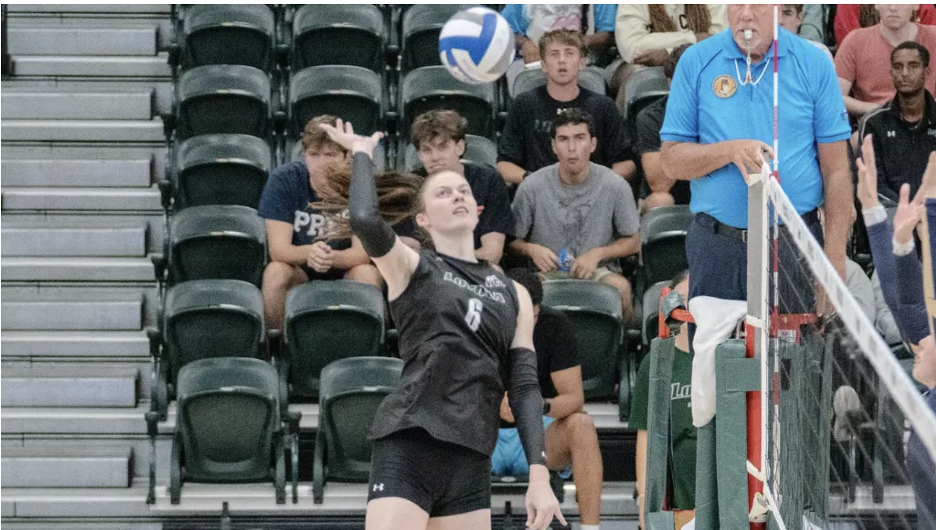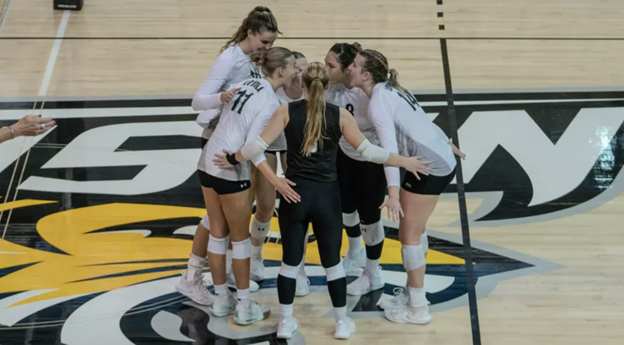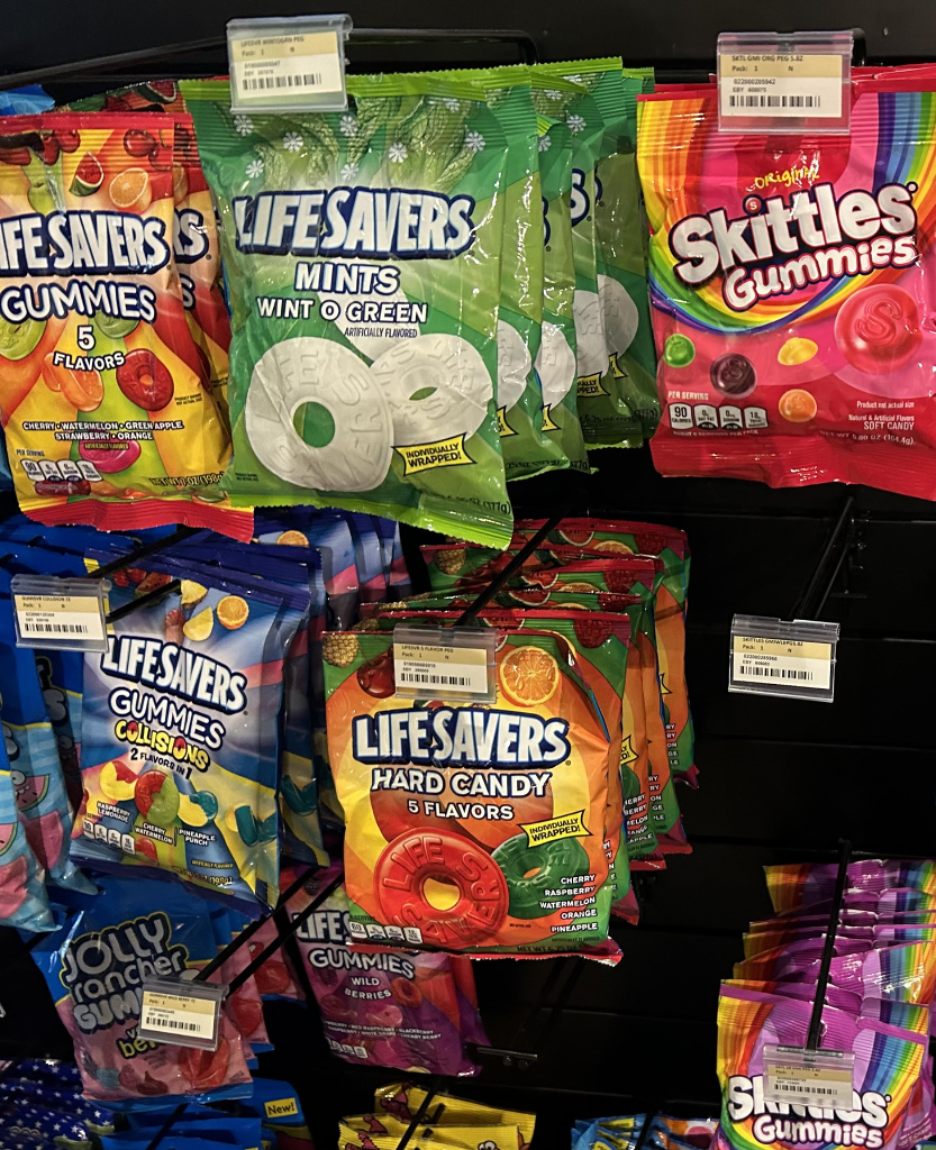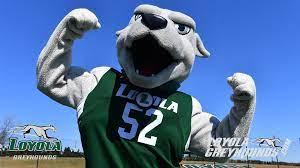All information was using MLB.com’s prospect database and current standings.
Major League Baseball (MLB) has always, and will continue to always be called America’s pastime. There is no arguing that. The sport has over 100 years of organized history, competition, passion and heroes. Yes, MLB’s popularity is not as much as it once was, but the history will forever be there. MLB has recently been changing with new rules like instant replay, international superstars coming and going at a blazing rate, and more money becoming involved in the sport, which drastically alters how teams are constructed in the present-day. One thing has and will always be at the heart of team building: the MLB minor leagues (MILB) and the exciting prospects that continue to “wow” fans every single day.
In a world where money in sports is the main driving factor, there is an argument to be made that the MLB Pipeline is more important than ever right now. Given that the MLB is the only sport out of the “core 4” (NFL, NHL, MLB, NBA) that does not have a salary cap, money literally drives the business. The only penalty like a salary cap is the luxury tax for baseball, which is insignificant compared to amount of dollars spent. Big spending teams like the LA Dodgers, New York Yankees, and Boston Red Sox always have some of the highest payrolls in all of MLB, yet the current make-up of these teams are driven around the futures of some highly regarded prospects. The Dodgers in 2015 are currently spending the most money of all time on any MLB team, with every one of their players on average making around 6 million dollars a year, with a reported 227 million dollar team payroll.[i] The Yankees are notorious for spending big and taking other team’s star players and signing them to contracts only the Yankees can pay. The Red Sox last off-season spent nearly 200 million dollars in signings like Pablo Sandoval, Hanley Ramirez, and Rick Porcello.
Besides the large payrolls of these teams, each of these high-spending teams can be traced to having some prospects that are influencing the farm systems around the league. The Dodgers and all of their money and resources, have arguably two of the top five prospects in baseball: SS Corey Seager, and LHP Julio Urias. Boston has one of the top farm systems in baseball, with prospects like Yoan Moncada, Henry Owens, Rafael Devers and Manuel Margot going through the Red Sox system.
The Yankees , on the other hand, have always had a terrible farm system. The last great prospects they had included the likes of Derek Jeter, Mariano Rivera, and Jorge Posada. We all know how they turned out. But recently, the Yankees have some prospects that the team does not want to give away. Players like Luis Severino, Greg Bird, and Aaron Judge are giving the Yankees farm system hopes of returning to glory.
Many baseball insiders have already deemed the 2015 baseball year “The Year of the prospects.” The reason is simple: prospects are coming up from the farm systems and lighting up the scoreboards. Out of the 10-playoff contenders teams (as of 9/25) roughly half of them (Kansas City, Houston, NY Mets, St. Louis, Chicago Cubs) are ALL built around homegrown talent. Players like Kris Bryant, Carlos Correa, Jacob DeGrom and Alex Gordon all were developed in the minors and are arguably the best at their respective positions in the MLB. The St. Louis cardinals just keep loosing star players to injury and replacing them with guys like Carlos Martinez and Trevor Rosenthal, who come up from the minors and suddenly become impact players while they are filling in.
Some of the other teams in playoff contention have a mixture of talent and free agents to lead to success, and one good example is the Pittsburgh Pirates. They have some new acquisitions (Aramis Ramirez, Jung-ho Kang) that are complementary to grown talent like Gregory Polanco, Garrit Cole ‘The Cutch” and Andrew McCutchen. If you add the “mixture” teams to the “homegrown” teams, that only leaves around two or three teams who is winning through free agents (Toronto is a prime example here).
At the end of the day, baseball is a business like any other professional sports team. The influx of money, especially in overseas players, can really make teams spend more than they have to. The name of the game is always prospects, even if it means a general manager looses his job. Big spending teams all have some prospect pool to drive front-office decision, while low budget teams NEED prospects in order to even have a shot at competing. Teams that have been terrible for so long, such as the Houston Astros and the Minnesota Twins, are starting to turn the corner riding the back of their young studs as far as the prospects can take them. Baseball heroes all developed somewhere, they just didn’t show up and decide to be great (Except Babe Ruth).
As The Babe (Babe Ruth) told Benny in The Sandlot, “Heroes get remembered, but legends never die.”
[i] ESPN Stats. http://espn.go.com/mlb/team/salaries/_/name/lad/los-angeles-dodgers






























